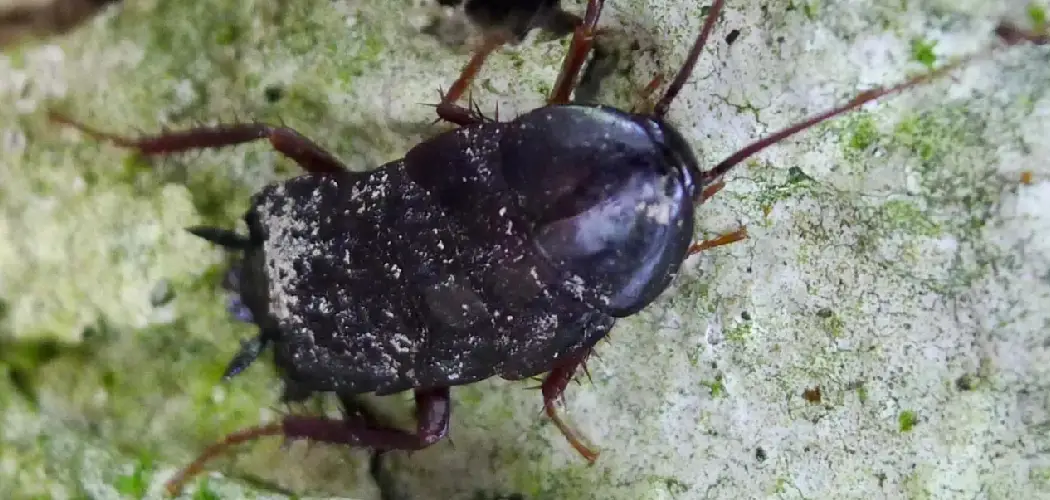Sewer roaches, commonly known as German cockroaches, are persistent pests that can invade homes and businesses, thriving in damp and dark environments. These unwelcome intruders not only pose a nuisance but can also carry diseases and trigger allergies.
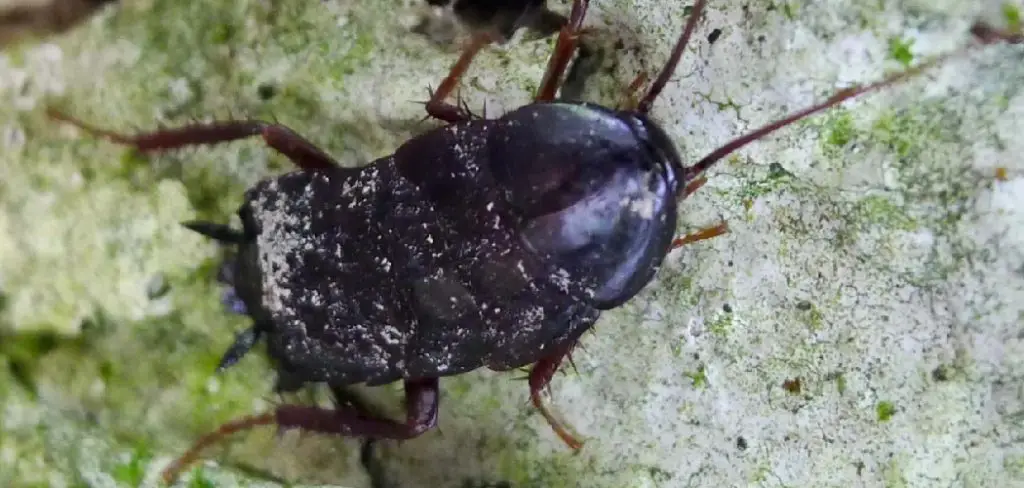
Understanding how to effectively eliminate sewer roaches is crucial for maintaining a clean and healthy living space. In this guide, we will explore how to kill sewer roaches, preventing, and eradicating these pesky creatures, ensuring your home remains roach-free.
What Are Sewer Roaches?
Sewer roaches, or German cockroaches, are small insects that are typically brown or tan in colour, with two distinctive dark stripes running from their head to the back of their bodies. Measuring approximately 1 to 2 inches in length, these roaches are nocturnal and prefer to hide in warm, moist areas, making them particularly prevalent in kitchens and bathrooms.
They reproduce rapidly, with a single female capable of producing hundreds of offspring in her lifetime, leading to swift infestations if not addressed. Their preference for food and warmth allows them to thrive in human habitats, where they can contaminate food sources and surfaces, which may lead to health risks.
Importance of Addressing Sewer Roach Infestations Promptly
Taking immediate action against sewer roach infestations is vital for several reasons. Firstly, these roaches reproduce rapidly, with a single female capable of producing hundreds of offspring in a year. A minor infestation can quickly escalate into a major problem if not addressed swiftly. Secondly, sewer roaches are not just irritating; they can be carriers of various pathogens and allergens, posing serious health risks to residents.
Their habits of contaminating food and surfaces can lead to foodborne illnesses and trigger asthma or allergy symptoms in sensitive individuals. By tackling infestations promptly, homeowners can safeguard their health, prevent damage to property, and maintain a hygienic living environment.
10 Methods How to Kill Sewer Roaches
1. Seal Cracks and Entry Points
The first line of defense against sewer roaches is to seal any cracks, holes, or gaps in your home’s foundation, walls, and plumbing system. These roaches can enter your home through even the smallest openings, especially around plumbing pipes and drains. Use caulk or expanding foam to fill gaps and cracks, and install weather stripping around doors and windows to block any potential entry points.
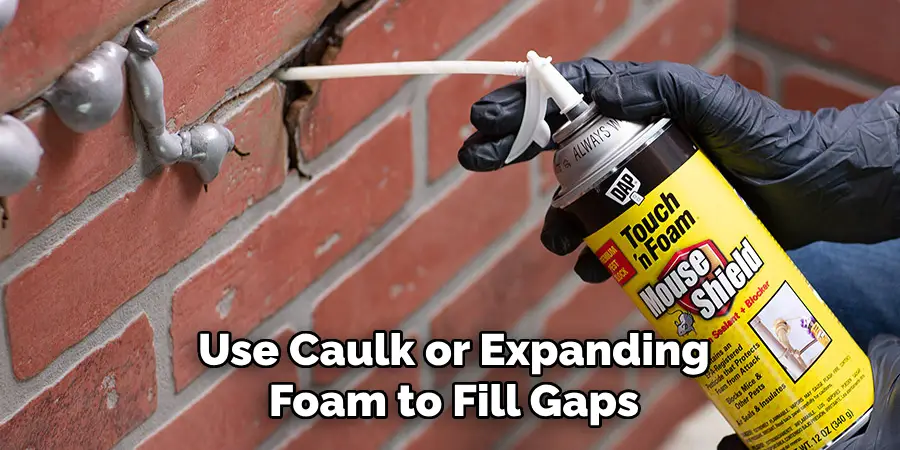
By sealing off their entryways, you not only prevent sewer roaches from entering your home but also cut off their access to food, water, and shelter, making your home a less desirable environment for them. Regularly inspect areas around drains and pipes to ensure no new gaps form over time.
2. Fix Leaks and Moisture Issues
Sewer roaches thrive in damp and moist environments, which is why leaks, standing water, or high humidity in your home can attract them. Fixing plumbing leaks is critical in keeping these pests at bay. Leaky faucets, pipes, and drains provide a consistent source of moisture that sewer roaches seek out.
Additionally, consider installing dehumidifiers in areas that tend to stay damp, such as basements, crawl spaces, or bathrooms. Regularly dry out sinks and bathtubs, and ensure your home’s drainage system is working properly. By reducing excess moisture, you make your home far less appealing to sewer roaches.
3. Install Drain Covers and Screens
One of the main ways sewer roaches enter homes is through the drains. To prevent them from crawling up through your plumbing, install drain covers or screens over all sink, shower, and floor drains. These covers will block roaches from accessing your home while still allowing water to flow freely.
Make sure to choose fine-mesh screens that sewer roaches can’t squeeze through. Also, remember to clean these screens regularly to prevent clogs and buildup that could obstruct water flow. This simple barrier can significantly reduce the number of roaches entering your home.
4. Use a Drain Cleaner
Sewer roaches live and breed in the sludge and grime that accumulates in drains. Using a strong chemical or enzyme-based drain cleaner can break down this buildup and eliminate the environment that attracts these pests. Drain cleaners can also kill any roaches that may already be living in your pipes.
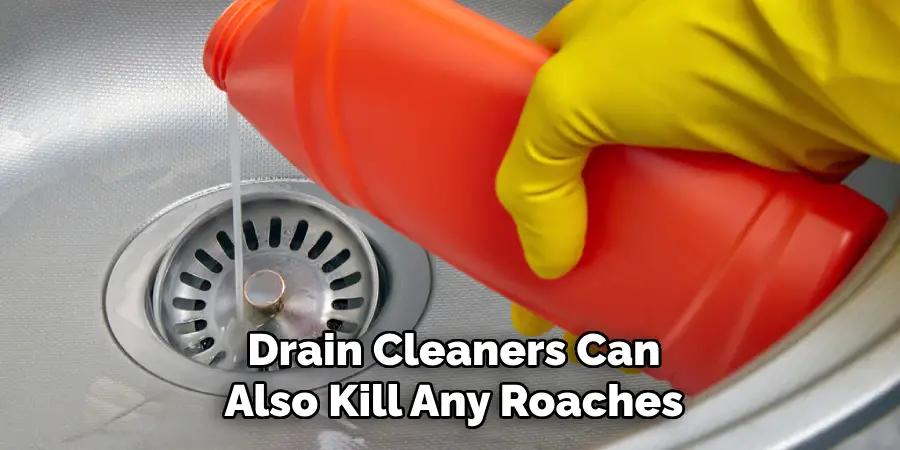
Pour the recommended amount of drain cleaner down the drains where you’ve noticed sewer roaches or where they’re likely to enter. Follow the product instructions carefully, and repeat the treatment every month or so to maintain clean drains and prevent roach infestations. This method helps to remove food sources and breeding grounds for roaches in your plumbing system.
5. Boric Acid Powder
Boric acid is a well-known and effective roach killer that disrupts their nervous and digestive systems when ingested. To use boric acid to kill sewer roaches, sprinkle the powder around areas where you’ve seen roaches, particularly near drains, pipes, or any cracks in the foundation. Roaches that come into contact with the powder will carry it back to their nests, where it will spread to other roaches.
Make sure to apply boric acid in thin layers, as thick piles can deter roaches from walking through it. Be mindful of where you place the powder, keeping it away from areas where pets or children may come into contact with it. When used correctly, boric acid can eliminate entire roach colonies.
6. Apply Insect Growth Regulators (IGRs)
Insect Growth Regulators (IGRs) are a type of pesticide that disrupts the development of roaches, preventing them from reaching maturity and reproducing. While IGRs don’t kill roaches instantly, they can be highly effective in controlling and reducing roach populations over time.
To use IGRs, apply the product in areas where sewer roaches are likely to hide or breed, such as around drains, in basements, or near plumbing fixtures. IGRs work by inhibiting the development of juvenile roaches, ensuring they never become breeding adults. Over time, this reduces the population and helps eliminate the infestation.
7. Set Roach Bait Traps
Roach bait traps are an effective way to target and kill sewer roaches. These traps contain a food attractant laced with poison, which the roaches eat and carry back to their nests, killing other roaches in the process. You can place bait traps in areas where roaches are likely to travel, such as near drains, along baseboards, or under appliances.
When using bait traps, be patient, as it may take several days for the poison to spread through the roach colony. Be sure to replace traps as needed, and avoid placing them in areas where they may come into contact with water, as this could render the bait less effective.
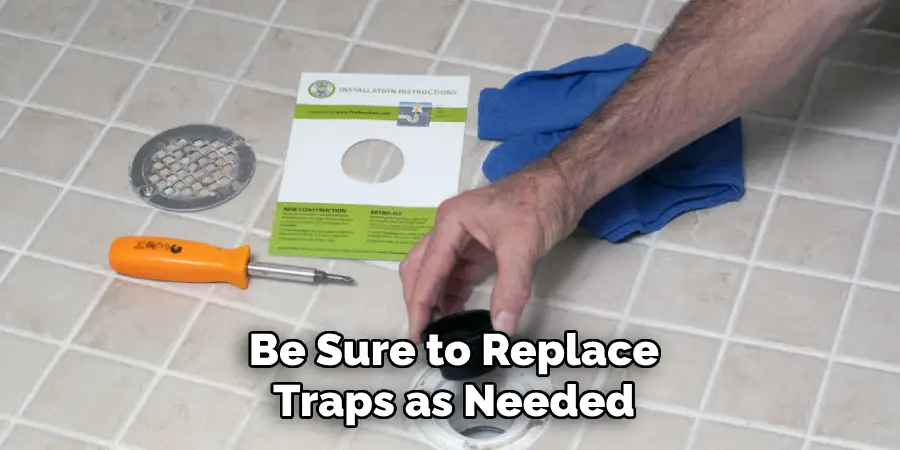
8. Use Diatomaceous Earth
Diatomaceous earth is a natural powder made from fossilized aquatic organisms. It’s safe for humans and pets but deadly to roaches. When sewer roaches come into contact with diatomaceous earth, the sharp particles cut into their exoskeletons, causing them to dehydrate and die.
Sprinkle a thin layer of food-grade diatomaceous earth around entry points, drains, and other areas where roaches may travel. Reapply the powder after heavy cleaning or if it gets wet, as moisture reduces its effectiveness. Diatomaceous earth is a non-toxic and eco-friendly option for controlling sewer roaches.
9. Flush Drains with Bleach or Ammonia
Flushing drains with bleach or ammonia can help kill sewer roaches and remove the grime and organic material they feed on in your pipes. Both bleach and ammonia are strong chemicals that will destroy roaches on contact, as well as sanitize the drain.
Pour a generous amount of bleach or ammonia down the drain, let it sit for about 15 minutes, and then flush it out with hot water. This will help kill any roaches hiding in the pipes and eliminate any remaining odors or residue. However, avoid mixing bleach with ammonia, as this combination produces dangerous fumes.
10. Hire a Professional Pest Control Service
If you’ve tried several methods and still can’t seem to eliminate the sewer roaches, it may be time to call a professional pest control service. Pest control experts have access to advanced tools, treatments, and knowledge that can effectively eradicate roach infestations, especially in severe cases.
A professional can perform a thorough inspection to identify problem areas, recommend appropriate treatment options, and offer ongoing prevention strategies to keep roaches from returning. While hiring a professional may be more costly than DIY methods, it is often the best solution for dealing with large or persistent roach infestations.
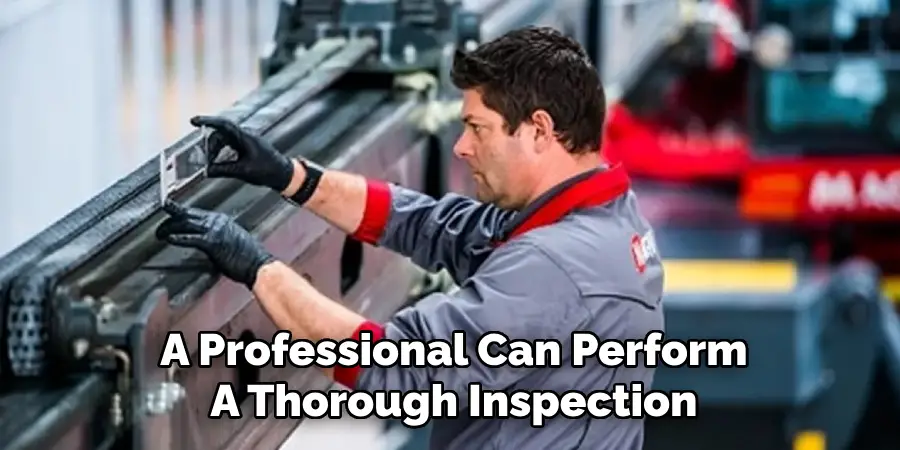
Conclusion
Sewer roaches are resilient pests that can be difficult to control, but with the right combination of methods, you can effectively kill them and keep them from returning. Preventive measures, such as sealing entry points, fixing leaks, and installing drain covers, are essential to keeping roaches out of your home. Additionally, treatments like boric acid, roach baits, diatomaceous earth, and chemical drain cleaners can directly target and kill roaches. Thanks for reading, and we hope this has given you some inspiration on how to kill sewer roaches!

